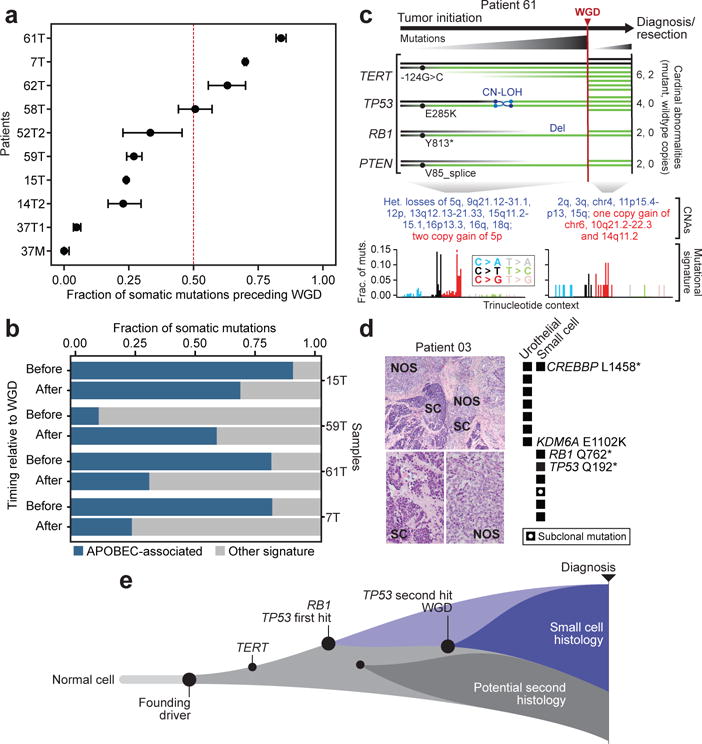Fig. 3. Heterogeneous evolutionary histories.

a) Genome doubling (GD) can arise at different points in the chronology of tumor development as indicated by the fraction of somatic mutations present at diagnosis that arose before and after GD (error bars represent one standard deviation using the binomial distribution; 10 patients shown are those with ≥20 somatic mutations in regions of balanced tetraploidy). b) While in some tumors, APOBEC-associated mutagenesis is constant before and after GD, in others it either accelerates or ebbs after a genome doubling indicating the pressure of a given mutagenic process is not constant in SCCB evolution. c) Integrated analysis of mutational event timing in a typical SCCB (patient 61) indicates that multiple mutant copies of cardinal lesions are present after a late GD event that is preceded by most the APOBEC-induced somatic mutational burden. d) Coincident urothelial (not otherwise specified – NOS) and small cell (SC) histologies from a single patient with mixed histology disease (left) and the corresponding lesion-specific somatic mutations (right). e) Schematic of the evolution of SCCBs in which a founding lesion that initiates cellular transformation precedes the cardinal RB1/TP53 lesions that define a branch point of the small cell histology that may or may not co-exist with a second minor population of a distinct histology with its own lesions.
